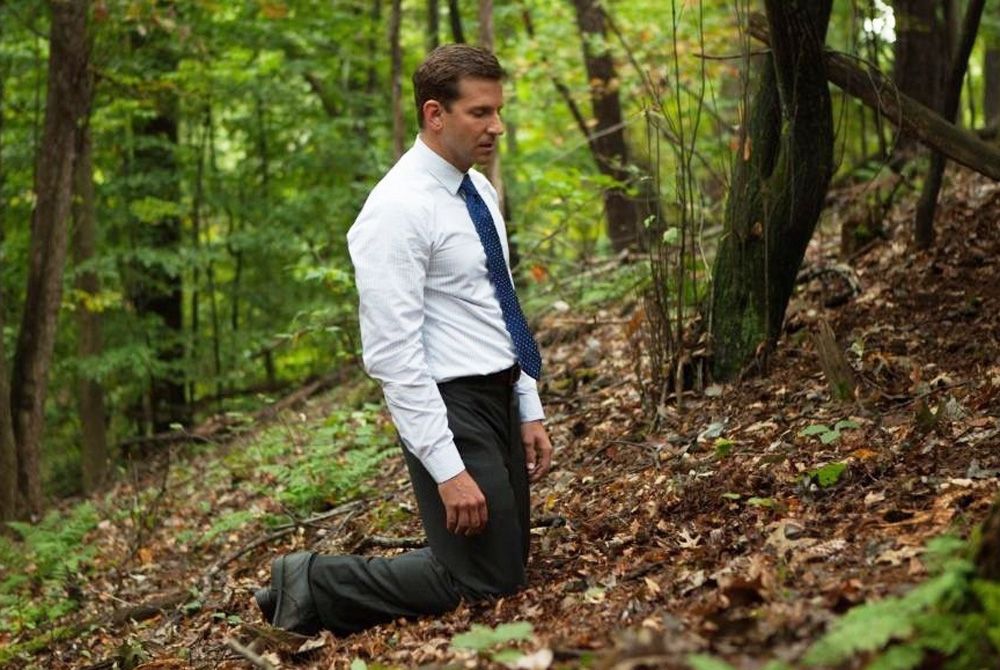The Place Beyond the Pines eerily, perfectly encapsulates the suffocating, willful antiquity of its setting, Schenectady, New York. I should know, because I grew up there.
In fact, the title of the film is quite literally the definition of Schenectady, or, more specifically, the Dutch derivation of an Iroquois phrase. It all began when director/writer Derek Cianfrance (Blue Valentine) bonded with his co-writer Ben Coccio (a Schenectady native) over a shared favorite film, Goodfellas. They decided to pen a movie with similar touchstones, a story of crime and consequences (their incarnation involving fathers and sons) spanning 15 years, set on Coccio's familiar ground. And, adding to the serendipity of it all, they even nabbed Ray Liotta to play a small role.
Following suit with so many of my early memories, The Place Beyond the Pines has burrowed under my skin and now resides deep in my bones. Much like in Blue Valentine, Cianfrance has spun a touching, tragic, dark and painfully real story that just so happens to turn the dial a notch further for those of us swept in the swell of nostalgia ushered by its surroundings.
This is, of course, Upstate New York through a prism: Not all of its depressive diners and rundown backwoods shacks are indicative of the area, but it feverishly, fervently nails the archetypes. In that vein, the film speaks to just about anyone who grew up in a small town that once touted itself a booming hub of industry. Cianfrance's establishing shots of the neon General Electric sign looming over its surroundings communicate as much. It's goosebump-inducing stuff.
But while I (one who fled native ground for the omnipresent bright lights of a much larger city) am left radiating with awe in the wake of The Place Beyond the Pine, I'm insatiably curious to see how Upstate New Yorkers, who were wholly enthused when Hollywood invaded their small town almost two years ago, will interpret Cianfrance's depiction. I'm inclined to think some of their goodwill might be tempered a bit by the microscope he wields -- especially where the Schenectady police force is concerned. But beyond the narrative’s requisite gritty façade, it’s clear there’s a deep reverence for the setting, thanks in no small part to Coccio, who lobbied on behalf of many of the film’s locations.
The narrative is a triptych, told from the perspectives of two men on opposite sides of the law, then centering upon the ripple effects of their respective actions. We open on Luke (Ryan Gosling), a sinewy, tattooed stuntman for a local fair -- Altamont, to those in the know -- one of three motorcyclists who ride together in a circular steel cage (a gig that becomes something of a metaphor when it comes to the film's themes). He's surprised post-performance by old flame Romina (Eva Mendes), a waitress at a local diner (the old Village Diner, Upstaters). Once he learns he fathered Romina's child, he quits his job and flails in an effort to set down roots and become a man his son and ex-lover can respect and depend upon. In his mounting desperation, he turns to robbing banks (Trustco and 1st National Bank of Scotia are hits; no intricacies left unaccounted for).
Conversely, we meet Avery (Bradley Cooper), a fresh-to-the-force Schenectady cop hell-bent on doing good. His pursuit of Luke's case uncovers some rather unsavory details involving colleagues (the distinguished Liotta among them), and he arrives at a life-altering career crossroads.
The heart of the film lies in the decisions these two men make, and with the uncomfortable ambiguity of morality. Unlike the quietly unfolding Blue Valentine, The Place Beyond the Pines vibrates with tension, balancing precariously on the precipice of desire and duty. The film highlights Cianfrance's style -- handheld point-of-view shots, setups in tight surroundings, crackling sound design and a ubiquitous sense of space, time and locale -- but it also widens his scope through some truly elegant, adrenaline-filled action sequences (there's a thoroughly incredible motorcycle chase through Vale Cemetery that rivals just about anything of its kind on film to date).
But nothing at the heart of the film's ebb and flow between quiet contemplation and frenetic action would resonate without characters that incite empathy, which is why Gosling and Cooper deserve due credit. Although he embodies a somewhat familiar character -- will he ever fully escape Refn's Drive? -- Gosling harnesses a tempest of emotion, offering physical glimpses at moments, using his eyes and mannerisms to communicate in others. Cooper already proved his acting chops to naysayers with last year's Silver Linings Playbook, and Pines showcases his continued detachment from the qualifier of That Guy from The Hangover. Mendes, as well, can pair her achievement in this film with last year's Holy Motors among her repertoire of smart moves and impressively nuanced performances.
Cinematographer Sean Bobbit offers an unflinching, authentic vision of the surroundings the film’s players inhabit -- from haunting shots of Luke riding his motorcycle on the bridge-peppered back roads of Rexford to the cavernous, pristine white-marble interior of St. John's Church to the unflattering fluorescent lights of the Route 7 Diner to wide shots of Union College's Nott Memorial emerging from a cluster of surrounding trees to the halls of Schenectady High School -- his eye casts light on the area's perpetual struggle to reconcile its history and future, wrapping it into the story's themes in such a way that location is character, and vice versa. Mike Patton's score is also a standout: Thrumming and electric, it imparts tension and wrings emotion.
The Place Beyond the Pines is a beautifully crafted crime drama that doesn't let up. In the moments you're not craning forward, white-knuckled, in your seat, you'll be engrossed by the universality of it all, the humanity and nagging familiarity within its frames. Cianfrance again exhibits his ability to craft fictional lives in a tale that permeates your own.
The Place Beyond the Pines opens today in select theaters.


